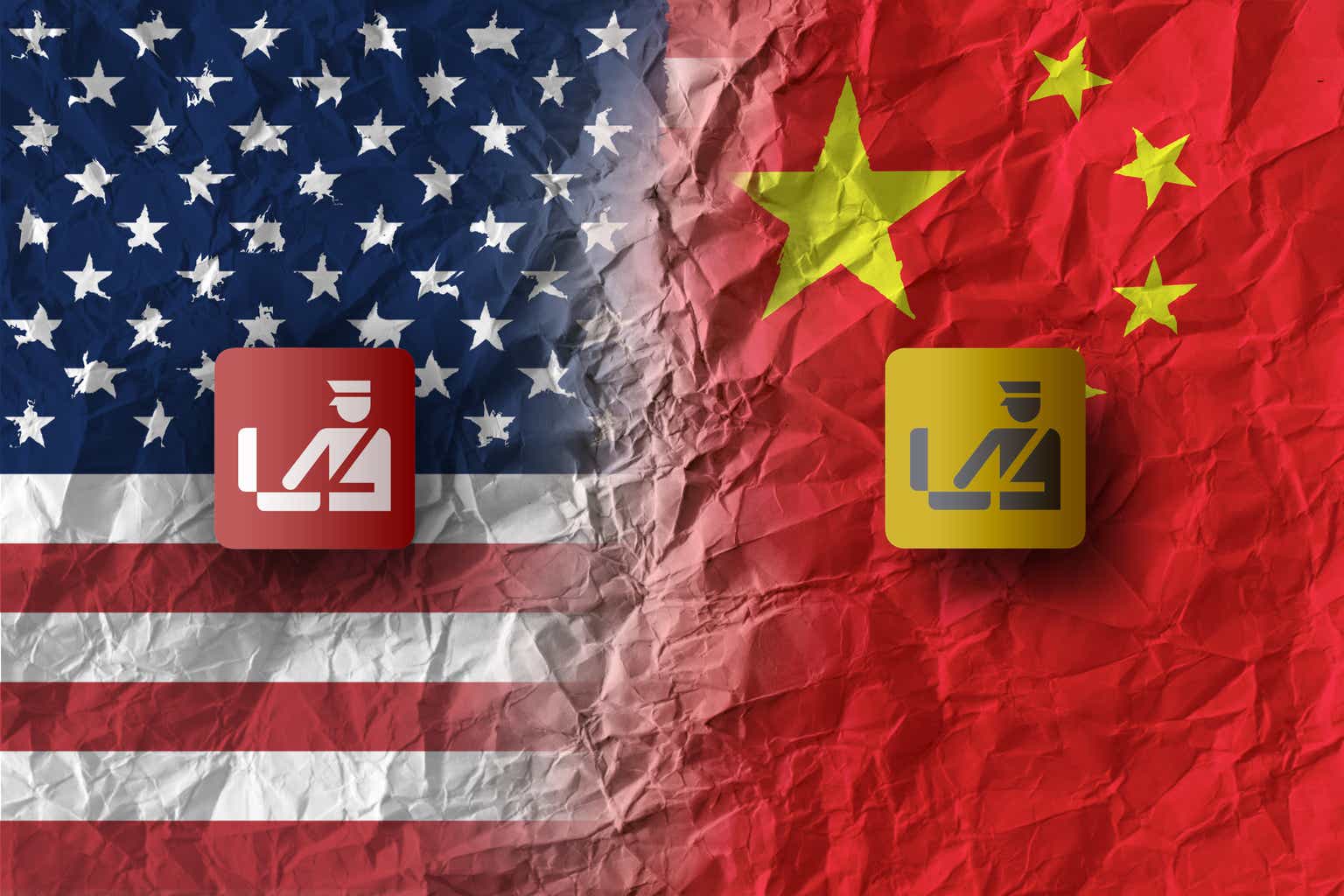Escaping the worst?
Troubling signs are piling up for China as a trade war threatens the world’s second-largest economy. China’s official manufacturing PMI, which measures factory activity, fell to 49 in April, coming in below the threshold of 50 that separates expansion from contraction. The gauge of new export orders slid even more, plunging to 44.7 in April, marking the lowest reading since the coronavirus pandemic.
Across the Pacific: There are also signs of pain piling up for the world’s largest economy. The Port of Los Angeles has announced that shipping volumes will plunge by a third next week due to “major American retailers stopping all shipments from China based on the tariffs.” Air cargo handlers have observed similar reductions. While many U.S. companies have stocked up on goods, if the situation is not sorted out in the coming months, it might lead to a cascading effect across logistics and transport, businesses, and eventually store shelves.
So far each side is waiting for the right moment they can portray as a win. Are they talking? It’s not really clear, but there is likely some contact going on behind closed doors. In the meantime, both sides appear to be trying to limit the fallout via exemptions, like carveouts for Chinese-built smartphones and electronics or American-made aircraft engines. The economic powers need to make sure they can weather the storm, especially as traditional alliances weaken, like the U.S.-Canada relationship or emerging tensions within the BRICS.
Not that bad? There are many ways to avoid tariffs, and the methods to counteract them have been described as a game of whack-a-mole. There is “white labeling,” which allows companies to easily rebrand products, or altering customs codes, quantities, or “country of origin.” Tariff engineering has also taken the form of new supply chains, or “trans-shipments,” where goods are rerouted through third-party countries. It’s no wonder that Vietnam has seen a manufacturing renaissance in recent years, or that Mexico surpassed China as the biggest importer into the U.S.


